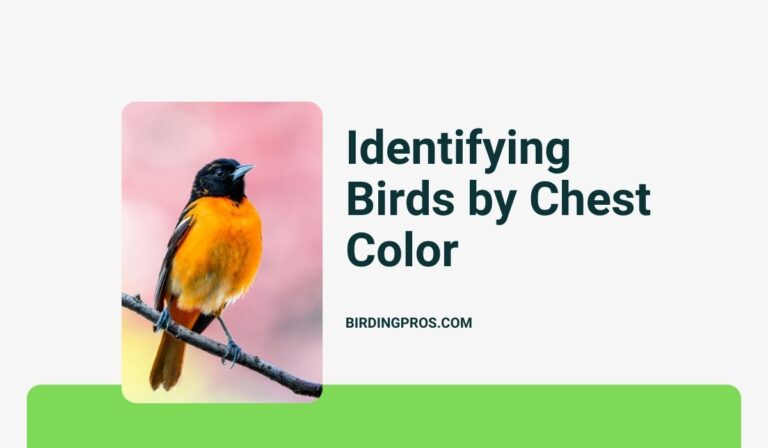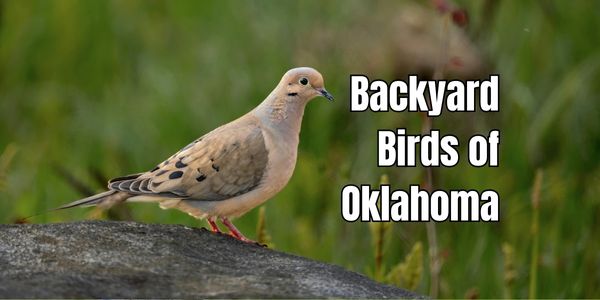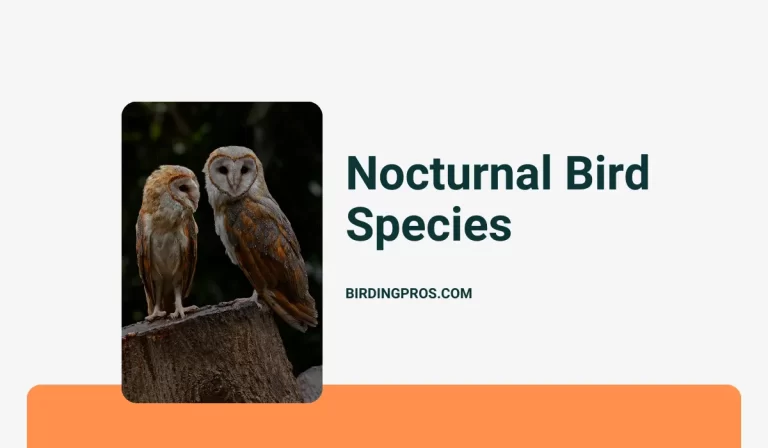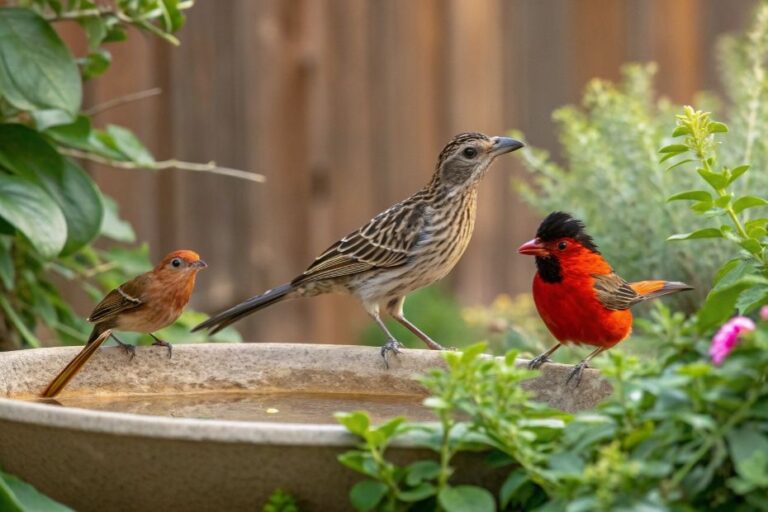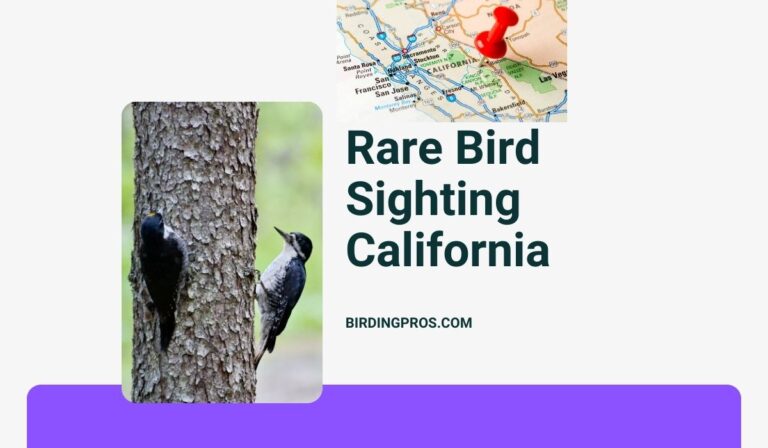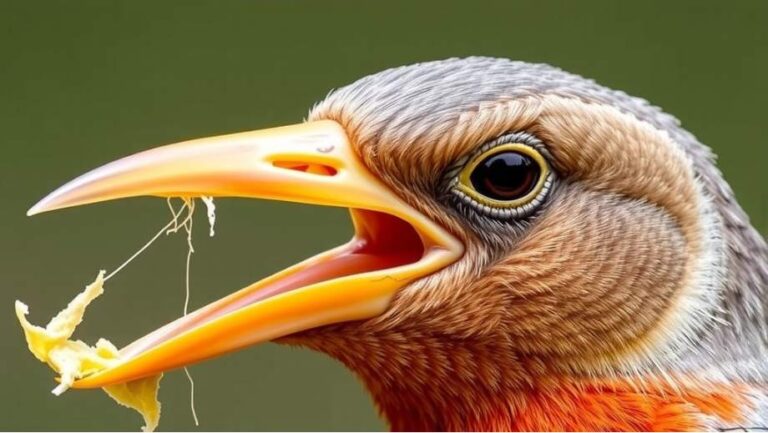Are There Cuckoo Birds in the USA? America’s Elusive Avian
Yes, cuckoo birds are found in the USA. There are two species of cuckoos native to North America, Yellow-billed Cuckoo (Coccyzus americanus) and Black-billed Cuckoo (Coccyzus erythropthalmus).
Both species are migratory and tend to migrate to Central and South America during the winter. While they share similarities with the well-known European cuckoo, these American species are unique in their behaviors and habitats.
Table of Contents
The Cuckoo Conundrum: Separating Fact from Fiction
When most people think of cuckoos, they often picture the iconic birds popping out of clocks or the sneaky brood parasites of European folklore. But the reality of cuckoos in the USA is far more intriguing. Let’s start by clearing up some common misconceptions.
Cuckoos in America: More Than Just a European Import
You might be surprised to learn that cuckoos are not just European birds. In fact, several species of cuckoos call the USA home, at least for part of the year. These native birds have adapted to our diverse landscapes and play unique roles in our ecosystems.
I remember the first time I heard a Yellow-billed Cuckoo’s distinctive call during a hike in Georgia. The rhythmic “ka-ka-kow-kow-kowlp-kowlp” echoed through the trees, and I was instantly hooked. It was my introduction to the world of American cuckoos, and it sparked a passion that has lasted for years.
Meet the Cuckoos of America
Cuckoos in the USA, particularly the Yellow-billed Cuckoo and the Black-billed Cuckoo, are fascinating species with distinct characteristics, behaviors, and ecological roles. Here’s a detailed look at both species:
1. Yellow-billed Cuckoo (Coccyzus americanus)
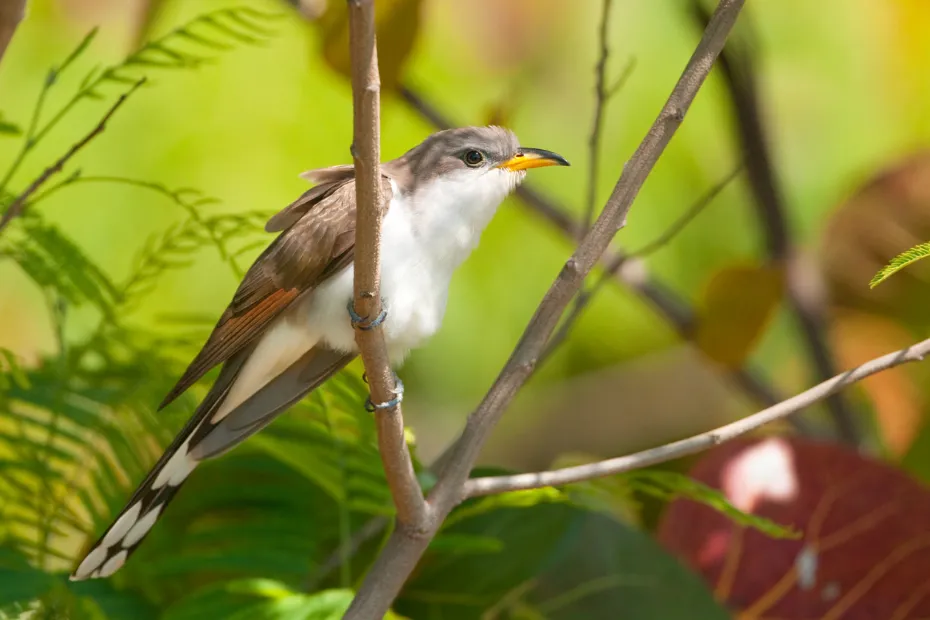
- Identification:
- Medium-sized bird, about 30 cm (12 inches) in length.
- Recognized by its long tail with white spots on the underside.
- The bill is slightly curved and yellow on the lower part, contrasting with a black upper part.
- Plumage is brownish-gray on the back and white on the underparts.
- Range and Habitat:
- Breeding Range: Primarily found in the eastern USA, from the Great Plains to the East Coast, and extending southward to Mexico. In recent years, populations have also been observed in the western United States, particularly in riparian (river-adjacent) woodlands.
- Winter Range: This species is migratory, spending winters in Central and South America.
- Habitat: Prefers deciduous woodlands, forests, and thickets, especially near water sources such as rivers and streams.
- Behavior:
- Diet: Insects (especially caterpillars) form the majority of their diet, but they also eat small vertebrates, fruits, and seeds.
- Call: Known for their distinctive “kowlp-kowlp” call, which can often be heard before the bird is seen.
- Nesting: Yellow-billed cuckoos are known to build their own nests and do not exhibit brood parasitism (laying eggs in other birds’ nests), a behavior more commonly associated with the European cuckoo.
- Conservation Status:
- Considered a species of concern in some parts of its range, particularly in the western USA, where habitat loss has impacted its population. The western population is listed as “threatened” under the U.S. Endangered Species Act.
2. Black-billed Cuckoo (Coccyzus erythropthalmus)
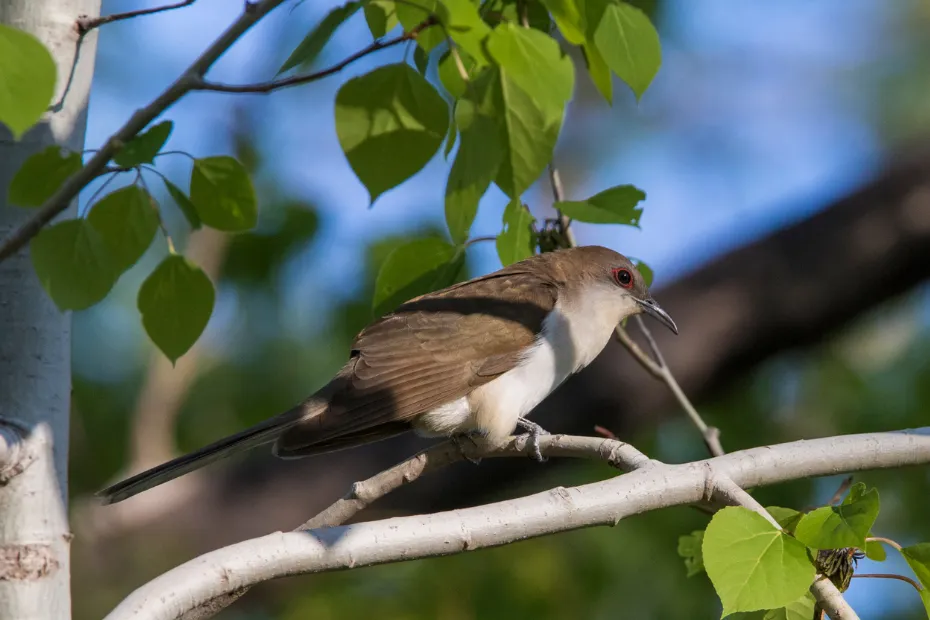
- Identification:
- Slightly smaller than the yellow-billed cuckoo, about 28–30 cm (11–12 inches) in length.
- The bill is entirely black, distinguishing it from its yellow-billed cousin.
- Plumage is similar: brownish-gray above and white below.
- Notable for its red eye ring, which gives it a distinctive look.
- Range and Habitat:
- Breeding Range: Primarily found in the northeastern USA and southeastern Canada. Populations extend down into the Appalachian region and parts of the Midwest.
- Winter Range: Migrates to Central and South America during the winter months.
- Habitat: Prefers deciduous and mixed forests, often in areas with dense underbrush or near wetlands.
- Behavior:
- Diet: Like the yellow-billed cuckoo, the black-billed cuckoo feeds on insects, particularly caterpillars. During population booms of insects like tent caterpillars, these birds can be abundant.
- Call: Their call is softer and more monotonous compared to the yellow-billed cuckoo, often described as a repetitive “coo-coo-coo.”
- Nesting: Black-billed cuckoos build their own nests, and like their yellow-billed counterparts, they do not exhibit brood parasitism.
- Conservation Status:
- Considered stable in much of its range, although populations have seen fluctuations, particularly in response to habitat changes. Some localized populations may be vulnerable due to habitat destruction.
Read More: Birding Hotspots in New Mexico: 10 Best Hotspots
Cuckoo Behavior: Debunking the Brood Parasite Myth
One of the most common misconceptions about cuckoos in the USA is that they’re all brood parasites like their European counterparts. Let’s set the record straight.
American Cuckoos: Responsible Parents
Unlike the Common Cuckoo of Europe and Asia, which famously lays its eggs in other birds’ nests, most American cuckoos are responsible parents. They build their own nests, albeit rather flimsy ones, and raise their own young.
Dr. John Brown, a leading expert on cuckoo behavior, explains, “The evolution of parental care in American cuckoos is a fascinating divergence from their Old World relatives. It shows how different environmental pressures can lead to distinct behavioral adaptations within a family of birds.”
The Exception to the Rule: Cowbirds
While American cuckoos aren’t brood parasites, we do have our own native brood parasites: cowbirds. These birds, which belong to the blackbird family, lay their eggs in other birds’ nests. It’s a common mistake to confuse cowbird behavior with cuckoo behavior.
I once watched a pair of Yellow Warblers frantically feeding a young cowbird twice their size. It was a stark reminder of the complex relationships in the bird world and how appearances can be deceiving.
Cuckoo Habitats: Where to Find These Elusive Birds
Now that you know about the different cuckoo species in the USA, you might be wondering where you can find them. Let’s explore the preferred habitats of these fascinating birds.
Eastern Woodlands: A Cuckoo Paradise
Both Yellow-billed and Black-billed Cuckoos favor deciduous and mixed forests in the eastern United States. Look for them in areas with:
- Dense understory
- Proximity to water (rivers, lakes, or wetlands)
- Abundant caterpillar populations
Pro tip: Listen for their calls in the early morning or late evening, especially after rain. Cuckoos are more vocal during these times.
Western Riparian Areas: Cuckoo Oases
In the arid West, Yellow-billed Cuckoos are found in riparian areas – the green corridors along rivers and streams. These habitats are crucial for many species, not just cuckoos.
Conservation efforts in states like Arizona and California focus on preserving and restoring these vital riparian areas. By protecting cuckoo habitats, we’re also safeguarding entire ecosystems.
Coastal Mangroves: Home of the Mangrove Cuckoo
If you’re in southern Florida, keep your eyes peeled in mangrove forests for the elusive Mangrove Cuckoo. These unique ecosystems are not just important for birds, but also serve as nurseries for many fish species and protect coastlines from storms.
The Cuckoo Calendar: When to Spot These Birds
Timing is everything when it comes to cuckoo watching. Most cuckoo species in the USA are migratory, spending winters in Central and South America. Here’s a quick guide to help you plan your cuckoo-watching adventures:
- Spring (April-May): Cuckoos begin arriving in the USA, with males establishing territories
- Summer (June-August): Peak breeding season, the best time to hear cuckoo calls
- Fall (September-October): Cuckoos prepare for their southward migration
- Winter (November-March): Most cuckoos are absent from the USA, enjoying warmer climates further south
I’ll never forget the excitement of hearing the first Yellow-billed Cuckoo of the season one warm May morning. It’s a sound that signals the true arrival of spring for many birdwatchers.
Cuckoo Watching: Tips and Tricks for Spotting These Shy Birds
Ready to go cuckoo-watching? Here are some tips to help you spot these elusive birds:
- Learn their calls: Cuckoos are often heard before they’re seen. Familiarize yourself with their distinctive vocalizations.
- Time it right: Early morning and late evening are usually the best times to hear and see cuckoos.
- Be patient: Cuckoos are shy and can sit still for long periods. Take your time and scan the canopy carefully.
- Look for movement: Watch for the characteristic tail pumping that cuckoos often do while perched.
- Follow the caterpillars: Where there are caterpillar outbreaks, cuckoos are likely to follow.
Conclusion: The Cuckoo’s Call to Action
So, are there cuckoo birds in the USA? Absolutely! From the widespread Yellow-billed Cuckoo to the elusive Mangrove Cuckoo, these fascinating birds are an integral part of America’s avian diversity. They play crucial roles in our ecosystems, help control insect populations, and add their unique voices to the symphony of nature.
As we’ve explored, cuckoos face numerous challenges in our changing world. But there’s hope. By understanding and appreciating these birds, we can all play a part in their conservation. Whether it’s supporting habitat preservation efforts, practicing bird-friendly gardening, or simply sharing your cuckoo knowledge with others, every action counts.

